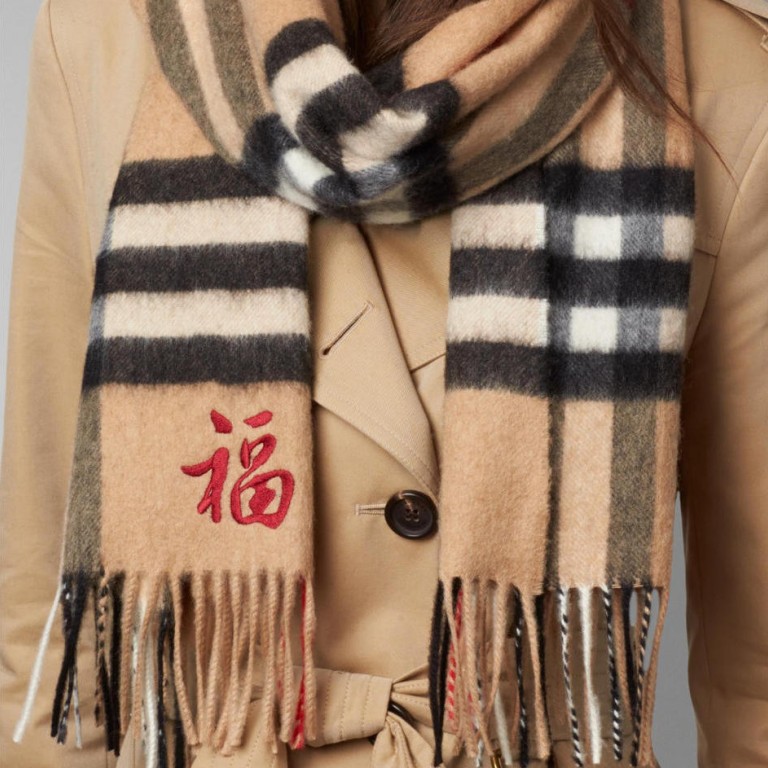
Burberry's Lunar New Year faux pas
Chinese customers unimpressed
Burberry usually gets it so right, but this year, a Lunar New Year special product has landed the British heritage brand in hot water with mainland customers. Burberry has released a full line of Lunar New Year items in many hues of red.
But a classic cashmere check scarf, embroidered in red with the characters for (fortune), caused a minor PR kerfuffle.
Not only was the "special item" lazy looking, the symbol remained upright when the scarf was worn. It should have been turned upside down as per Chinese tradition, to beckon in fortune. The oversight was so basic, and so easy to spot, that Chinese internet users quickly took to Weibo to scold and make fun of the brand.
And it got worse. On top of the cultural faux pas, the item was priced more than its standard cashmere check scarf, when the only difference was the small embroidered characters in question. In Hong Kong, the printed version is HK$5,800, while the same scarf in a regular edition costs HK$4,900. On the mainland, prices might vary even more.
Special edition items launched to cash in on the Chinese holiday spending rush are nothing new. Major brands have been doing this for years.
On the mainland and in Hong Kong, we have resigned ourselves to a proliferation of ram and goat motifs, which are hardly the sexiest of animals to incorporate into a design, as well as classic red items. These will be received with varying degrees of enthusiasm.
Some will seem cute and kitsch; others, with striking embellishments, will look festive. Some will utterly miss the mark. The lesson that Burberry can learn from this is: do your research.
The faux pas has resulted in embarrassment for the brand in a major market, but the incident is unlikely to damage sales in the long run.
Cultural appropriation is nothing new in fashion, and while this can result in inspired, beautifully juxtaposed items, laughable, ham-fisted ones can also appear.
There are, for example, Dries Van Noten's beautiful Indian embroideries and salwar kameez outfits, as well as fashion trends such as "Navajo", "tribal" and "geisha".
Thankfully, most faux pas are not as bad as when called a pair of hoop earrings "slave earrings" that were about "pure freedom" on its website.

